Illinois Crop Update – May 26, 2023
Russ Higgins – Extension Commercial Ag Educator
Grundy County
Soil Conditions: Mildly Dry (soil is drier than normal, plant growth may have slowed)
Much of Northeastern Illinois has had a precipitation-free week. Soils are drying rapidly. Soy planted just before the most recent rainfall event is struggling to emerge in some fields. The soy hypocotyl cannot push through the crusted soil surface. Fields planted in this time period warrant a field scouting trip to evaluate emerged plant population. Most corn is near the V4 stage. Waterhemp has also emerged and is growing quickly in fields. Be aware of size restrictions on both crop and weeds with planned post herbicide applications. Side-dressing of corn with nitrogen and harvesting the first cutting of hay is underway in the region.

Figure 1: Soy successfully pushing through crust. Grundy County, May 23, 2023

Figure 2: Soy not reaching soil surface. Grundy County, May 23, 2023
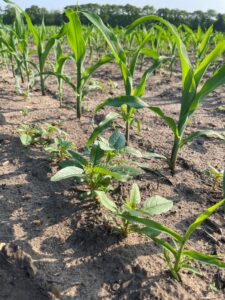
Figure 3: Corn and waterhemp. Grundy County, May 24, 2023
Kathryn Seebruck – Extension Commercial Ag Educator
Ogle County
Soil Conditions: Mildly Dry (soil is drier than normal, plant growth may have slowed)
A rain event at the end of last week slowed planting a bit but the string of dry days that have followed this week have allowed growers to catch up. Most fields in the area have been planted. The light rain and subsequent warm weather have provided fair conditions to help crops emerge.
Doug Gucker – Extension Local Food Systems and Small Farms Educator
Macon County
Soil Conditions: Mildly Dry (soil is drier than normal, plant growth may have slowed)
Corn is in the V6 to V2 growth stage, except for replanted areas. Soybeans are V3 to V1 growth stage. Crusting in some soybean fields is causing stand variability where planting was done just ahead of the early May heavy rains. Rotary hoeing may have paid in some of these fields. Currently farmers are side-dressing N in corn and are making post-emergence herbicide applications. The past week saw only minor amounts of rainfall across DeWitt and Macon Counties.
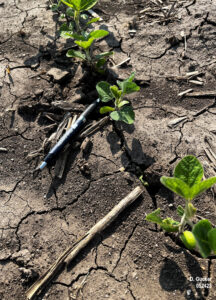
Figure 4: Soybean plants leafing out underground due to crusting.
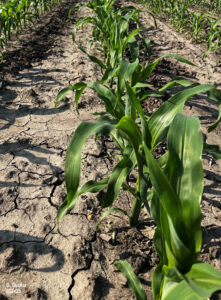
Figure 5: Side-dressing of fertilizer complete in V5 corn.
Nick Seiter – Extension Field Crop Entomologist
Champaign County
Soil Conditions: Mildly Dry (soil is drier than normal, plant growth may have slowed)
Continue to monitor corn and soybean fields for cutworms and armyworms. I have not had many reports of damage to this point – good early season emergence conditions go a long way towards helping the crop “outrun” this sort of damage. We ought to start seeing rootworm egg hatch over the next couple of weeks – I browsed degree day accumulations for several weather stations throughout Illinois, and most are relatively close to the 11-year average for this time of year (some a bit ahead, and some a bit behind).
Dennis Bowman – Extension Digital Ag Specialist
Champaign, Macon, and Piatt Counties
Soil Conditions: Mildly Dry (soil is drier than normal, plant growth may have slowed)
Primary field activities: Replant prairie potholes, herbicide application, nitrogen side-dressing and hay making. Rapidly drying out and forecast is continuing dry weather.
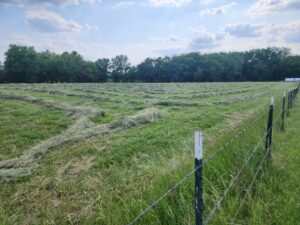
Figure 6: Great weather for first cutting hay. Piatt County
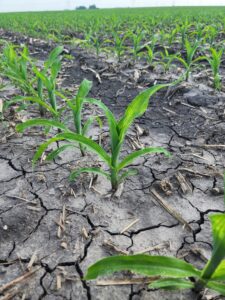
Figure 7: Corn hitting V4. Macon County

Figure 8: Soybeans at V1-V2.
Talon Becker – Extension Commercial Agriculture Educator
Franklin County
Soil Conditions: Mildly Wet (soil is wetter than normal, local vegetation is healthy)
Unlike much of the rest of the state, soils in Franklin County are relatively moist. Some of the lowest lying and/or poorest drained fields are being planted this week and will likely wrap up by early next week. There are small low spots in some earlier planted fields that will likely need to be replanted, but those areas are relatively few. Corn that has emerged is generally somewhere in the V2 to V4 stage, and emerged soybeans are generally closer to V1. As we move into next week, the hot and dry conditions may start to cause some crop stress on the tops of hills and/or in areas with a shallow clay or fragipan layer. But these dry conditions will also allow for timely weed control operations, as germinating waterhemp is now commonly visible and at the optimal stage for control. Wheat in the area is still looking good, and despite the dry weather in the forecast, will likely have sufficient moisture available for good seed fill.





